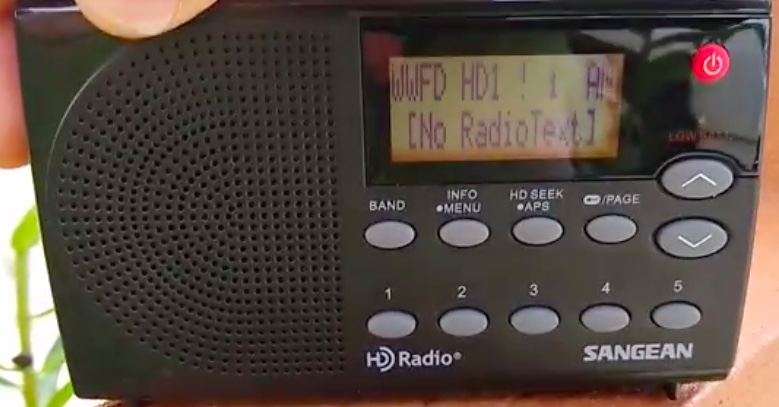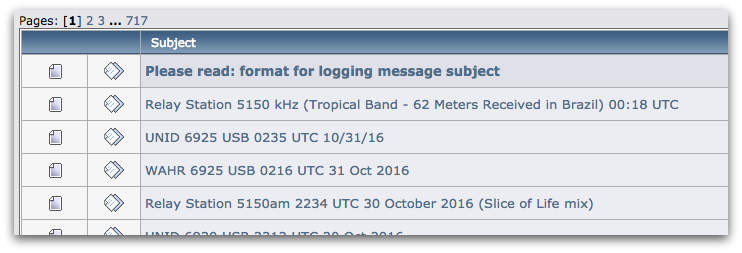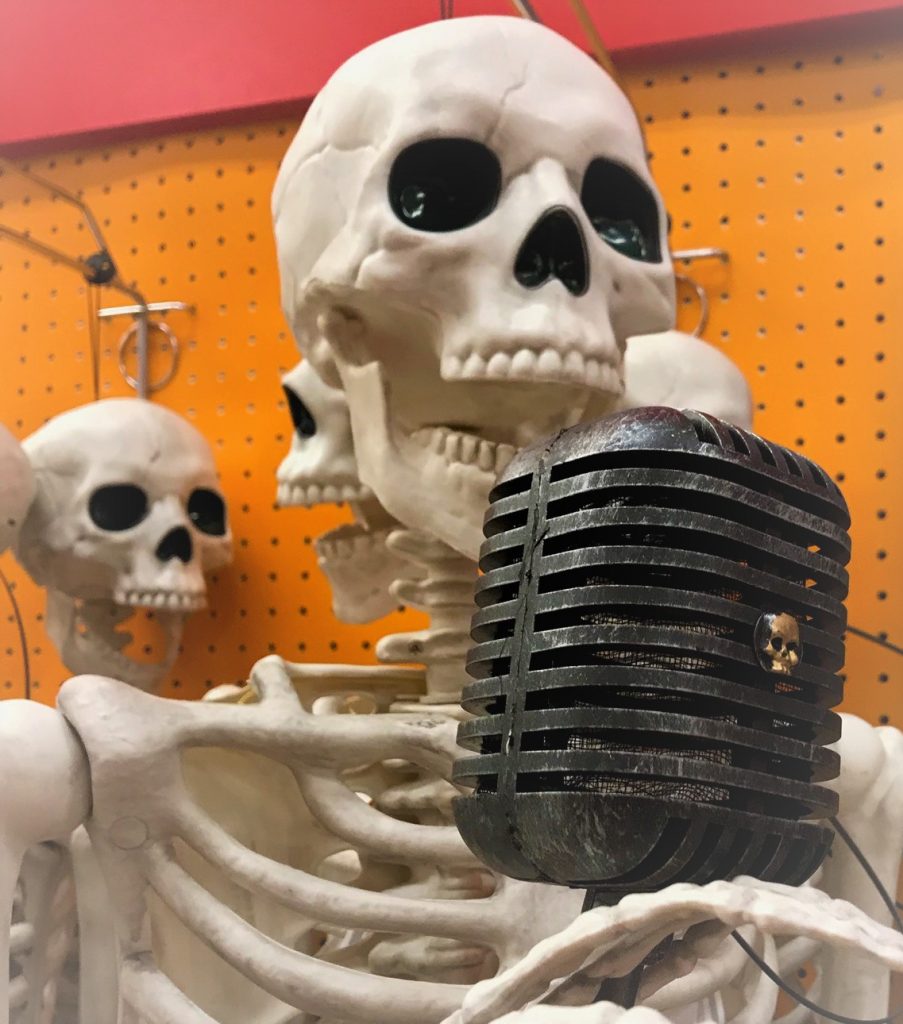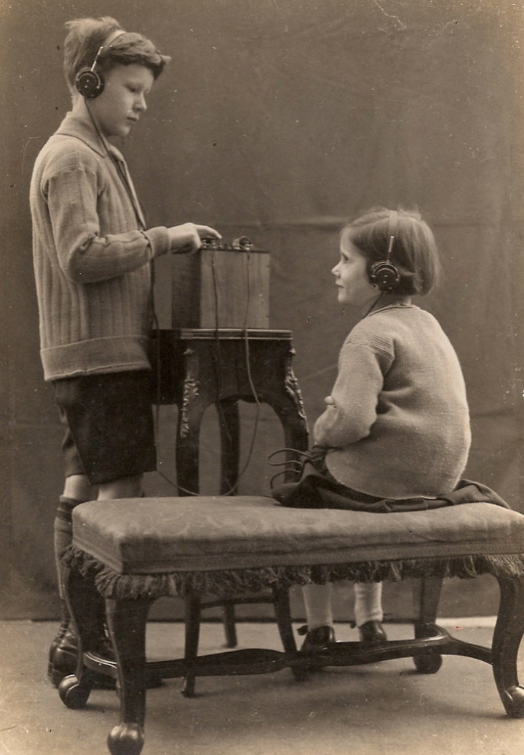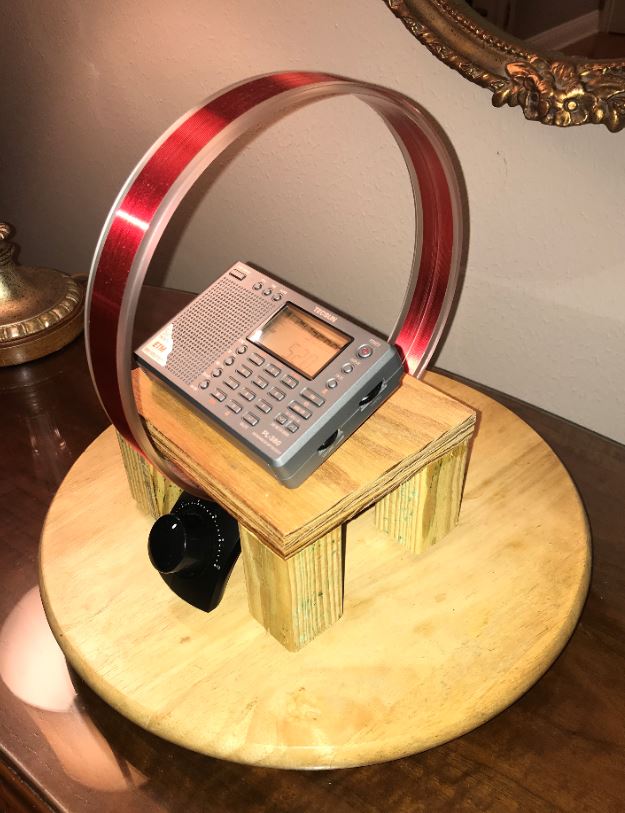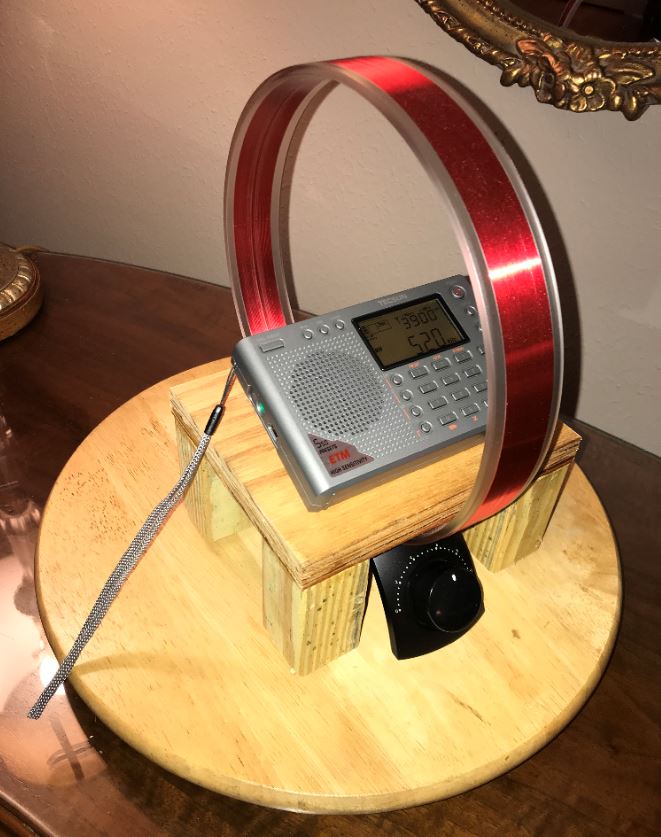(Source: Radio World)
All-Digital on the AM Band? The FCC Might Allow It Soon
AM radio station operators in the United States may soon have the option of switching their transmissions to all-digital.
It’s not a done deal; but the concept is about to take a step closer to reality, because the Federal Communications Commission will consider a proposal at its next meeting that would start a process. It will take comments on whether to allow AM band licensees to make the switch if they want.
Ben Downs, VP/GM of Bryan Broadcasting in Texas, petitioned the FCC in March to initiate a proceeding to authorize the all-digital mode of HD Radio.
Allowing stations to use all-digital transmission is an idea that some broadcasters feel could give business-challenged AM stations in the United States new life or at least another option. Turning off their analog signals would mean that most existing receivers could no longer pick up that signal; but many AM broadcasters are currently heard on FM translator simulcasts now. And adding the all-digital AM option could open up new possibilities for them as the number of digital receivers in the marketplace continues to grow.
[…]Chairman Ajit Pai described the proposal in a blog post Monday: “Just as the FCC is trying to keep pace with changes in the market, so are AM radio operators, and the commission wants to give them as much flexibility as possible to compete in the digital age,” Pai wrote.[…]
Read the full article at Radio World.
Click here to read the proposal (PDF) that will be discussed at the November FCC meeting.
The Radio World article mentions WWFD in Frederick, MD–a station that has been broadcasting AM digital for over a year. We posted a note about this last year and I even included a short recording/video with reception when traveling through the area.

